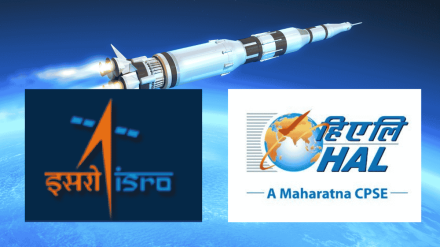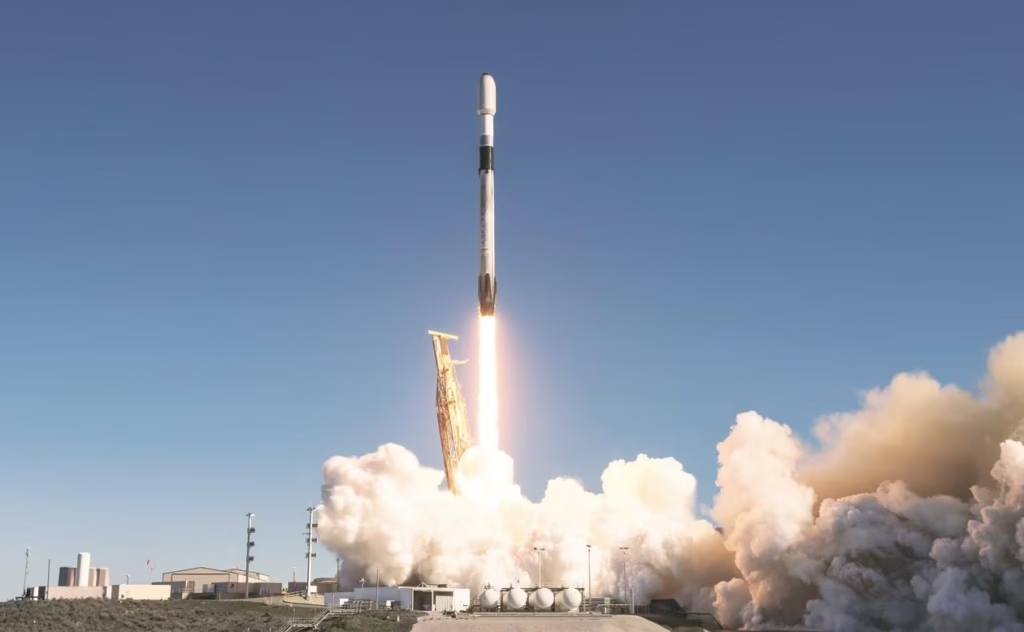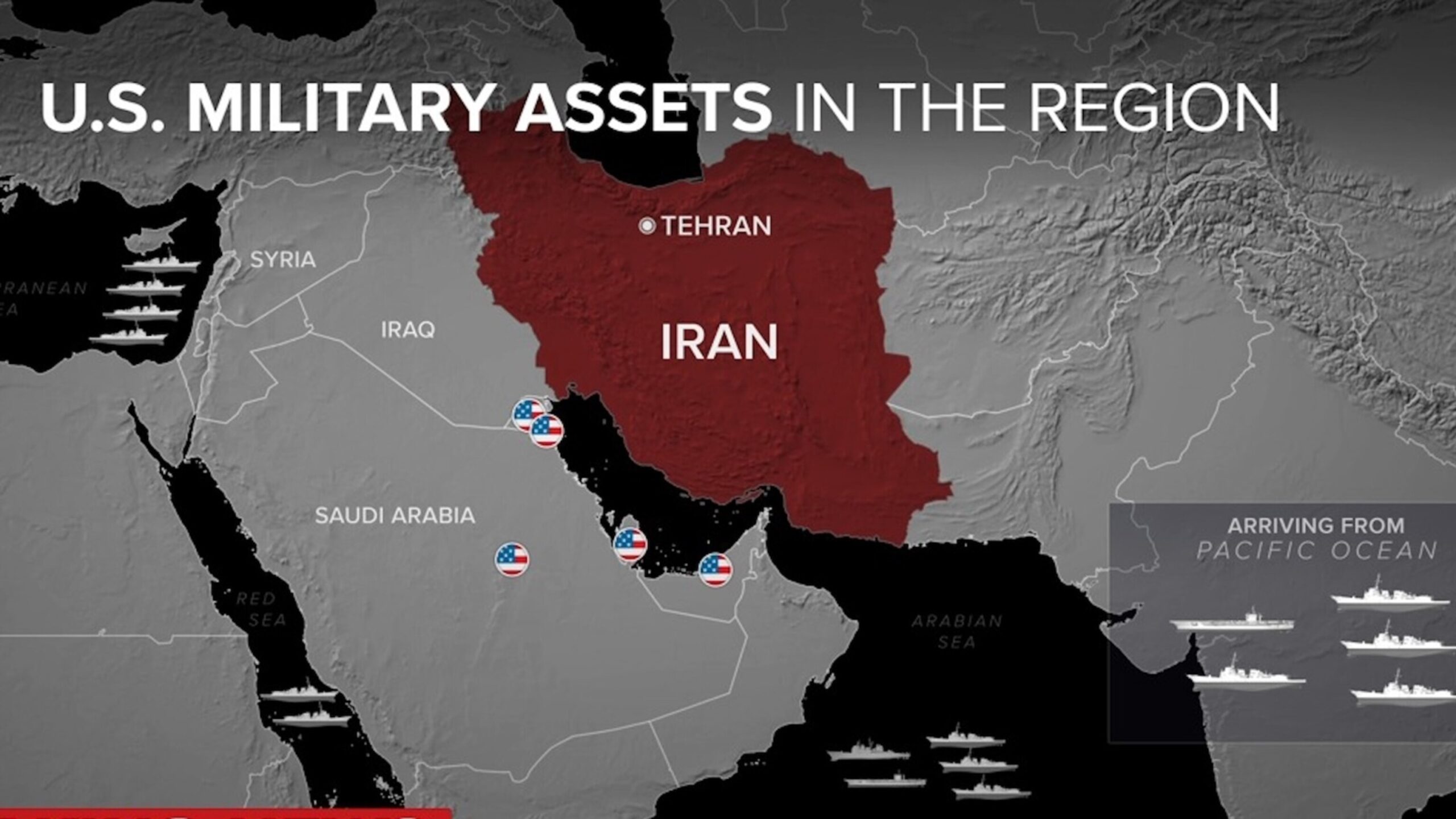
Table of Contents
Introduction to ISRO’s Small Satellite Launch Vehicle (SSLV)
The Indian Space Research Organisation (ISRO) has taken a monumental step in advancing India’s space capabilities by transferring the technology of its Small Satellite Launch Vehicle (SSLV) to Hindustan Aeronautics Limited (HAL) for ₹511 crore. This move marks a significant milestone in India’s journey to privatize and expand its space sector. The focus key of this initiative is to strengthen India’s position in the global small satellite launch market by enabling private industry participation.
What is the Small Satellite Launch Vehicle (SSLV)?
The SSLV, developed by ISRO, is an efficient and adaptable rocket engineered to deploy small satellites, with a capacity of up to 500 kg, into Low Earth Orbit (LEO). With its rapid turnaround time and minimal infrastructure requirements, the SSLV is ideal for on-demand launches, catering to the growing global demand for deploying mini, micro, and nano-satellites. The focus key here is to provide affordable and efficient launch solutions for both domestic and international clients.
Small Satellite Launch Vehicle (SSLV)
ISRO’s Landmark Technology Transfer of SSLV to HAL for ₹511 Crore
Key Features of the SSLV
- Payload Capacity: Up to 500 kg to 400-500 km LEO.
- Cost-Effectiveness: Designed for low-cost launches.
- Flexibility: Quick assembly and launch-on-demand capabilities.
- Three-Stage Design: Utilizes solid propulsion with a velocity trimming module for precise orbit insertion.

The Technology Transfer Agreement
Details of the ₹511 Crore Deal
In a competitive bidding process, HAL emerged as the winner with a bid of ₹511 crore, outpacing two consortia led by Alpha Design Technologies (backed by Adani Group) and Bharat Dynamics Limited. This agreement, facilitated by the Indian National Space Promotion and Authorisation Centre (IN-SPACe) and NewSpace India Limited (NSIL), is a first-of-its-kind transfer of complete launch vehicle technology from ISRO to an Indian company. The focus key is to empower HAL to independently build, own, and commercialize SSLV launches.
Timeline and Responsibilities
- Two-Year Transition: Over the next two years, ISRO will provide extensive training and handholding to HAL personnel at both ISRO and HAL facilities.
- Prototype Development: HAL will manufacture two SSLV prototypes following ISRO’s design and procedures.
- Post-2027 Operations: From August 2027, HAL will take full responsibility for manufacturing, launching, and marketing SSLVs, with the freedom to modify designs and select suppliers.
Significance of the Transfer
This transfer is a pivotal step toward privatizing India’s space sector, allowing ISRO to focus on research and development while industry partners handle routine launch operations. The focus key is to create a robust ecosystem for small satellite launches, positioning India as a global hub for cost-effective space access.
Impact on India’s Space Industry
Boosting Commercial Space Capabilities
The SSLV technology transfer to HAL is expected to significantly enhance India’s commercial satellite launch capabilities. With plans to produce 6-12 SSLVs annually from 2027, HAL aims to generate approximately $6.5 million per launch in revenue. The focus key is to capture a significant share of the global small satellite market, driven by the increasing demand for satellite constellations for communication, earth observation, and research.
Benefits for India’s Space Economy
- Economic Growth: The transfer aligns with projections that India’s space industry could contribute $13 billion to the economy by 2025.
- Global Competitiveness: HAL’s ability to offer competitive pricing and reliable launches will attract international clients.
- Job Creation: The initiative will foster a skilled workforce and new opportunities in the space sector.
HAL’s Role in India’s Space Program
HAL, already a key partner in manufacturing ISRO’s Polar Satellite Launch Vehicles (PSLV), is now positioned as India’s third rocket producer, alongside startups like Skyroot Aerospace and Agnikul Cosmos. The focus key is HAL’s expertise in aerospace and defense, which ensures a seamless transition to rocket production and commercialization.
Strategic Implications
Strengthening India’s Space Infrastructure
To support this initiative, IN-SPACe is developing a third launch pad and a manufacturing unit in Tamil Nadu to make India a globally attractive destination for small satellite launches. The focus key is to achieve a launch frequency of one every two weeks, enhancing India’s reputation for reliability and efficiency.
Global Market Positioning
- On-Demand Launches: SSLV’s rapid turnaround capability meets the needs of defense and commercial clients requiring quick satellite deployments.
- Cost Advantage: SSLV’s low-cost design offers a competitive edge over foreign launch providers.
- Design Flexibility: HAL’s ability to modify SSLV designs post-2027 ensures adaptability to evolving market needs.
Enabling Private Sector Innovation
By transferring SSLV technology, ISRO is fostering a cohesive ecosystem where private entities can innovate and compete globally. The focus key is to reduce India’s reliance on foreign launch services, as many small satellites were previously launched by foreign providers due to limited domestic capacity.
Challenges and Future Prospects
Challenges in Technology Absorption
The multidisciplinary nature of the SSLV requires rigorous training for HAL personnel to master the technology. The focus key is ensuring HAL meets ISRO’s stringent quality and reliability standards during the prototype phase to avoid delays in commercialization.
Future Prospects–
Looking ahead, HAL’s success in SSLV production could pave the way for further privatization of ISRO’s launch vehicles, such as the GSLV or LVM3. The focus key is to build a sustainable model for private-public collaboration, driving innovation and economic growth in India’s space sector.









